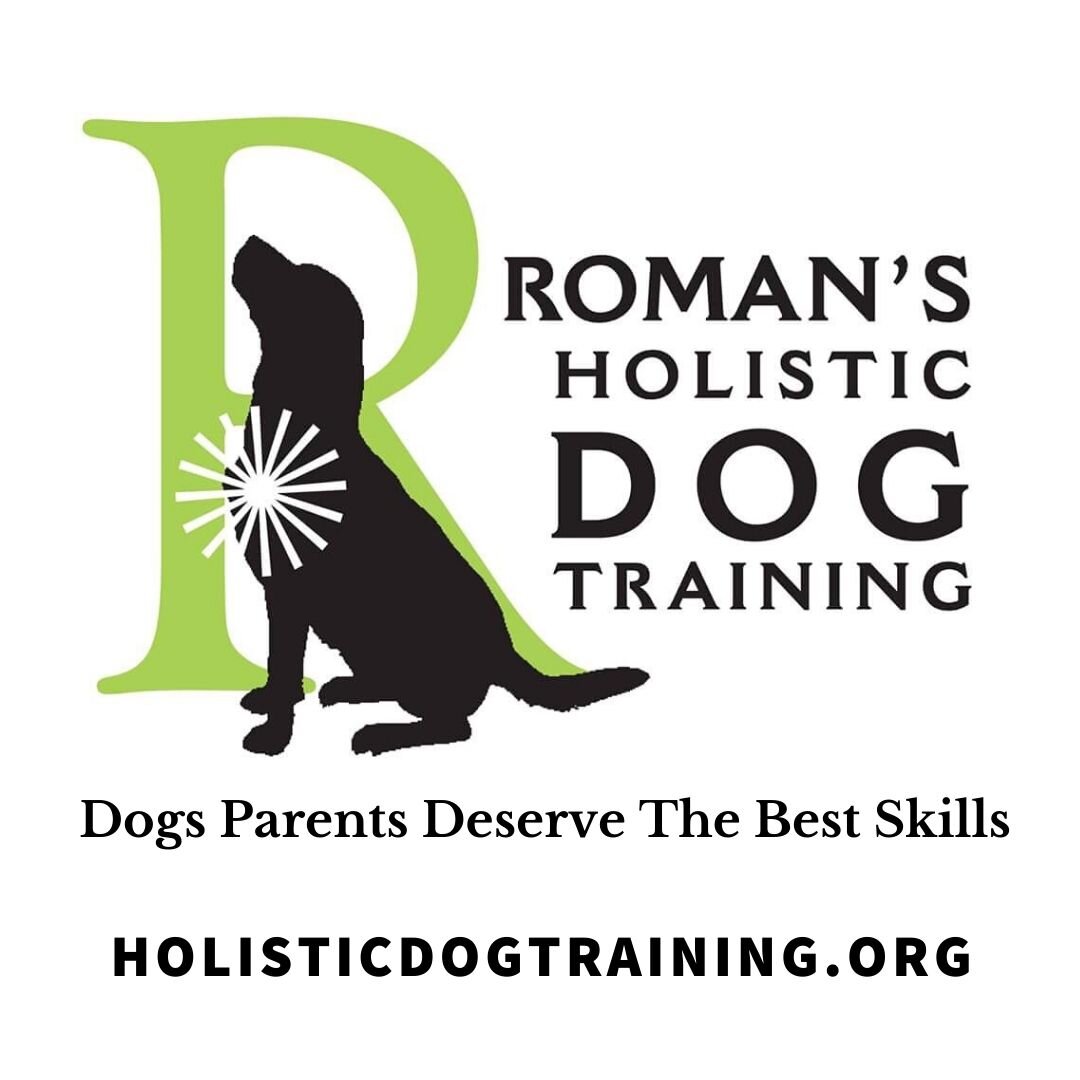A holistic approach in dog rearing, education and care is not just a technique or movement, but rather a comprehensive philosophy and lifestyle that aims to nurture the dog's mind, body, and spirit in a natural and affective way. Holistic approach in training and behavior intervention follows a Least Inhibitive, Functionally Effective (LIFE) ethical model. [1]
The term "holistic" in dog training is a widely misused and often incorrectly associated with alternative or unscientific methods.
It is a comprehensive, integrated methodology rooted in the latest research on dog behavior, cognition, and learning theory.
It does not reject conventional ethical training tools or techniques. Rather, it evaluates them through the lens of the dog's emotional feedback, overall wellbeing - meeting the dog’s physical, mental, and emotional, social, educational and cognitive needs. [2]
It aims to nurture the human-dog bond, build trust, and create an environment that fulfills the dog's ethological needs while positively shaping behavior.
This holistic perspective challenges the traditional notion of human supremacy, advocating for a more equitable and respectful relationship with our canine companions. [3] It also holds significant implications for dog training, welfare, and our understanding of interspecies communication. By embracing Canine Anthropology [4], we can provide, more meaningful connections with our dogs, recognizing them as sentient beings with unique perspectives and experiences.
Certified Holistic Training Professionals take a multi-disciplinary approach, considering factors like the dog's genetics, health, environment, experiences, stress levels, body language and emotional state.
Are you interested in reaching a holistic level in your profession and help even more dogs?
Let’s discuss your options: https://holisticdogtraining.as.me/First-Mentoring
References:
1.
2. https://www.theiscp.com/hierarchy-of-dog-needs
3. https://www.psychologytoday.com/us/blog/animal-emotions/202312/canine-anthropology-a-major-shift-in-dog-human-relationships
4. https://www.researchgate.net/publication/375837543_toward_a_canine_anthropology







